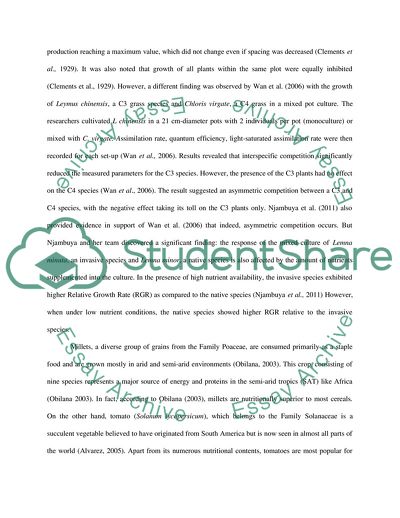Cite this document
(Plant Competition Assignment Example | Topics and Well Written Essays - 2722 words - 1, n.d.)
Plant Competition Assignment Example | Topics and Well Written Essays - 2722 words - 1. Retrieved from https://studentshare.org/biology/1751440-ecology-plant-competition-lab-report
Plant Competition Assignment Example | Topics and Well Written Essays - 2722 words - 1. Retrieved from https://studentshare.org/biology/1751440-ecology-plant-competition-lab-report
(Plant Competition Assignment Example | Topics and Well Written Essays - 2722 Words - 1)
Plant Competition Assignment Example | Topics and Well Written Essays - 2722 Words - 1. https://studentshare.org/biology/1751440-ecology-plant-competition-lab-report.
Plant Competition Assignment Example | Topics and Well Written Essays - 2722 Words - 1. https://studentshare.org/biology/1751440-ecology-plant-competition-lab-report.
“Plant Competition Assignment Example | Topics and Well Written Essays - 2722 Words - 1”, n.d. https://studentshare.org/biology/1751440-ecology-plant-competition-lab-report.


